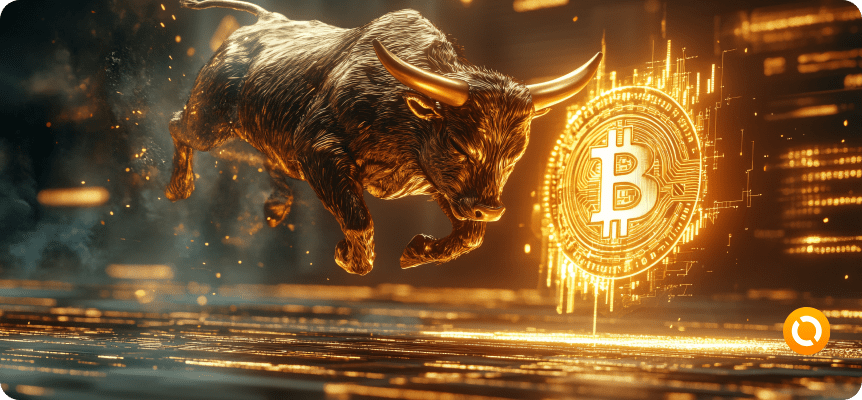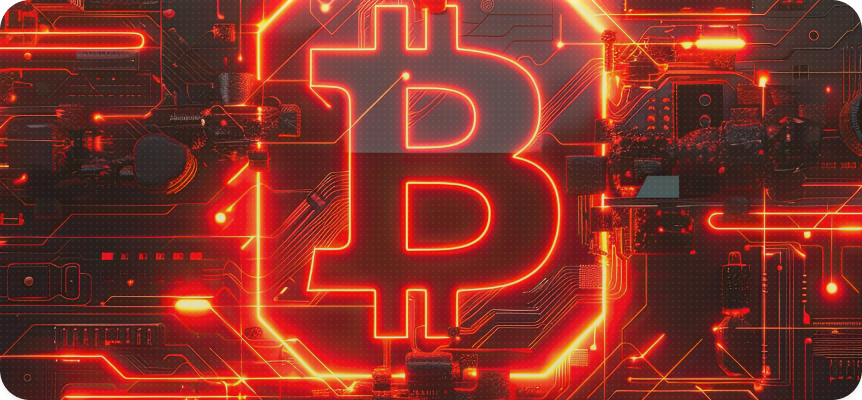To solve this problem, Layer 2 technologies have been developed that help scale blockchains without compromising their decentralization and security.
What are second level decisions?
Layer 2 (L2) solutions are technologies that run on top of the main blockchain (Layer 1) and help speed up transactions, reduce fees, and increase network capacity. They process transactions outside the main blockchain and then send the data back, ensuring security and transparency.
These solutions allow users to perform more transactions in less time, making the blockchain more convenient for mass use. This is especially important for areas such as DeFi, NFT, micropayments, and blockchain gaming projects.
Main types of Layer 2 solutions
There are several key technologies used to scale the second layer. Each of them has its own advantages and application features.
Rollups
Rollups are solutions that group several transactions into one package and then send it to the main blockchain for final processing. This significantly reduces the load on the network and reduces fees.
There are two types of rollups:
ZK-Rollups (Zero-Knowledge Rollups) – use cryptographic proofs that confirm the correctness of transactions without the need to disclose all information.
Optimistic Rollups – assume that all transactions are correct, but leave the possibility for verification and dispute in case of suspicious transactions.
Sidechains
Sidechains are independent blockchains that work in parallel with the main one (Layer 1) and interact with it through bridges. They allow transactions to be carried out faster and cheaper, but require trust in the operators of these chains.
Examples of popular sidechains:
- Polygon (formerly Matic)
- xDai
- Ronin (used in Axie Infinity)
Payment Channels
Payment channels allow users to conduct instant transactions without having to write each of them to the main blockchain. The final information is written to the network only when the channel is closed.
The most famous example is the Lightning Network for Bitcoin, which allows for fast and cheap transactions between users without overloading the network.
Plasma
Plasma uses a structure of child blockchains that periodically send data to the main blockchain. It is similar to rollup, but with additional security mechanisms.
Why do we need Layer 2?
The benefits of layer 2 solutions are obvious:
Lower fees. By processing transactions outside the main blockchain, users pay much less.
Speed up transactions. Transactions are faster because the network is not overloaded.
Scalability. Layer 2 increases the number of possible transactions, making the blockchain suitable for mass use.
Maintaining security. Although transactions occur outside the main blockchain, the final data is still confirmed in Layer 1.
What projects are already using Layer 2?
Today, many large blockchain projects actively use second-layer solutions. Among them:
Arbitrum is one of the most popular Optimistic Rollups for Ethereum.
Optimism is another solution for scaling Ethereum with a similar approach.
zkSync uses ZK-Rollups to ensure high speed and low fees.
StarkNet is a ZK-Rollups-based platform developed by StarkWare.
Lightning Network is the main solution for scaling Bitcoin, providing fast micropayments.
Conclusion
Layer 2 solutions play a key role in the development of blockchain, allowing it to scale without losing security and decentralization. They already provide fast and cheap transactions today, and their further development will make cryptocurrency networks even more efficient and user-friendly.
If you want to use blockchain with maximum efficiency and minimum costs, it is worth paying attention to Layer 2 and its advantages. In the coming years, these technologies will only become more important, forming the basis for the mass adoption of cryptocurrencies and decentralized applications.











